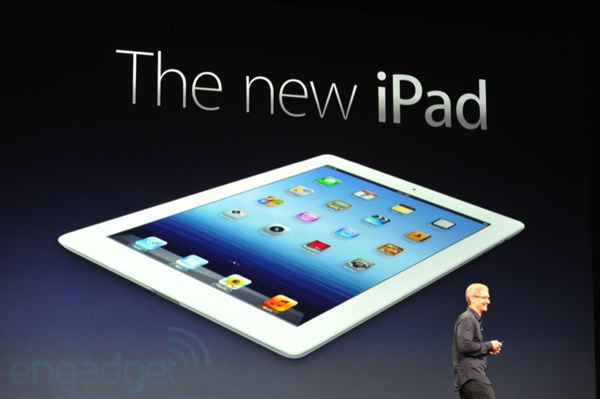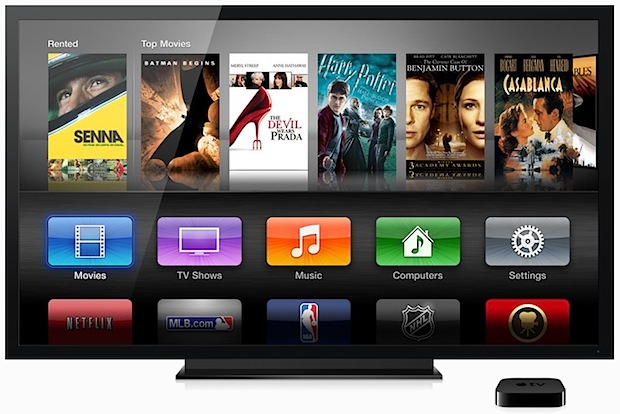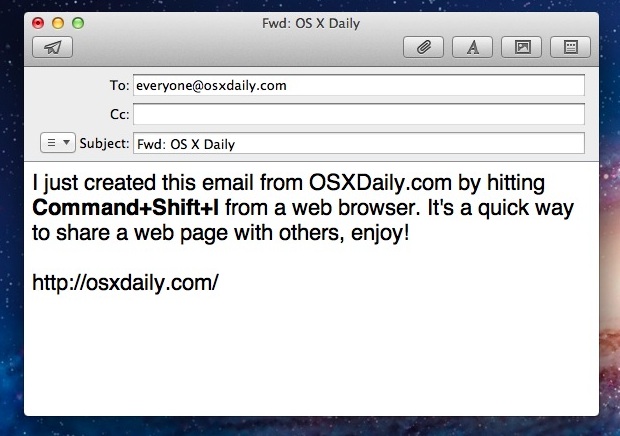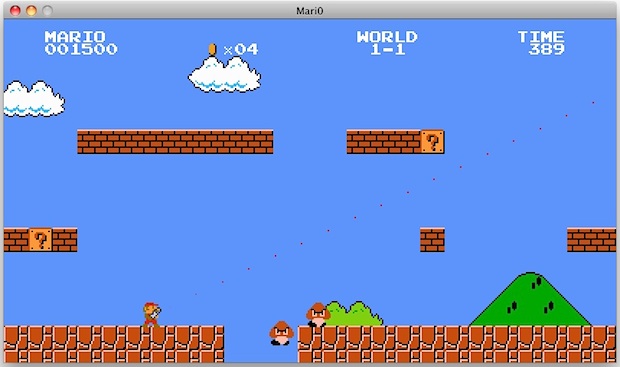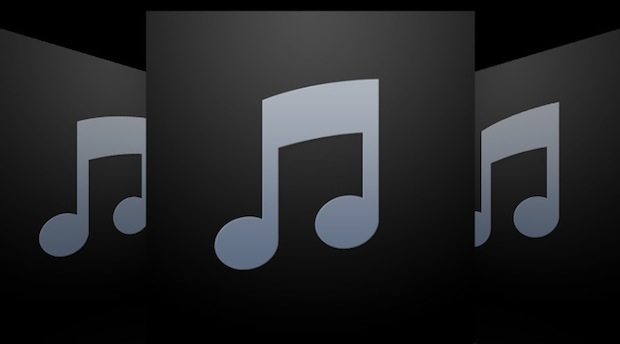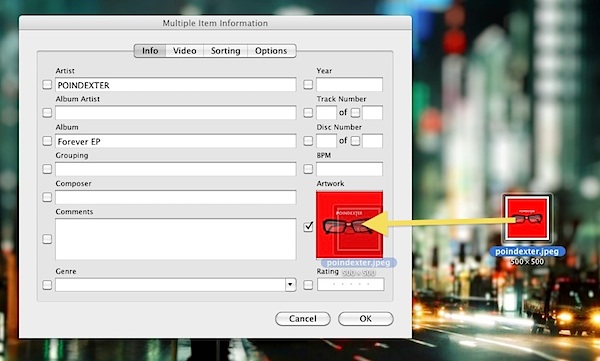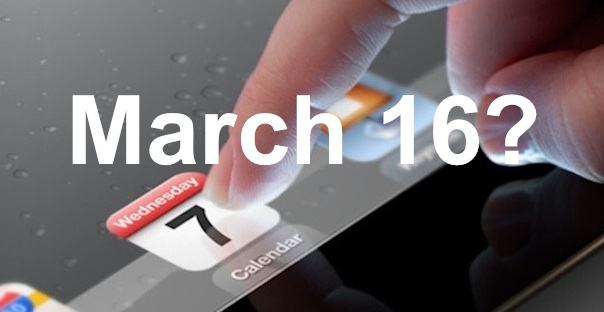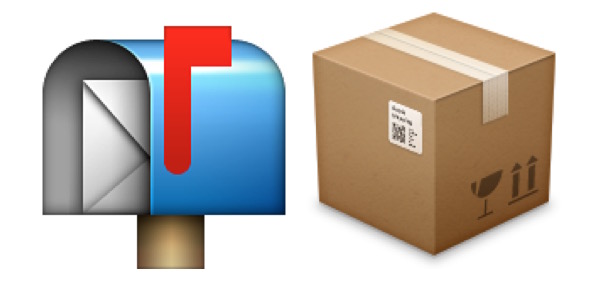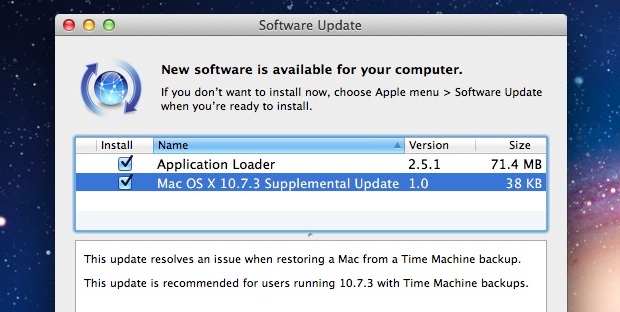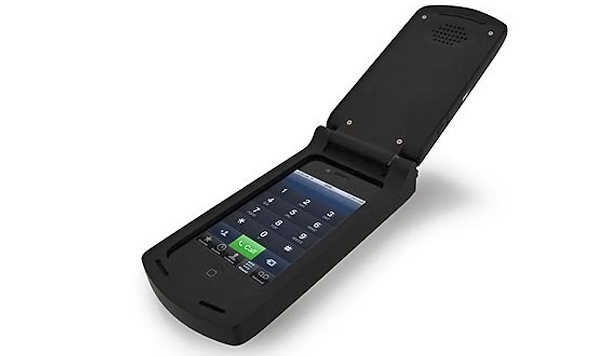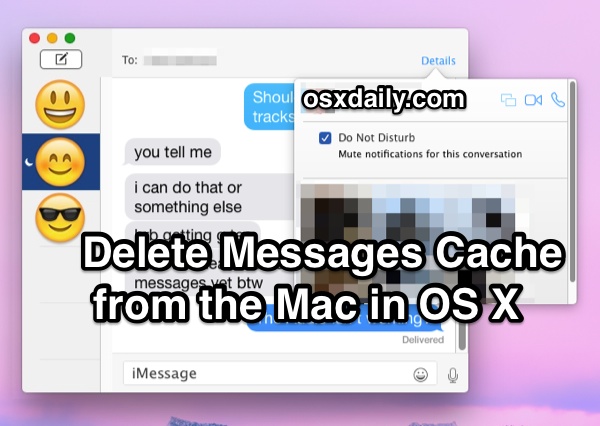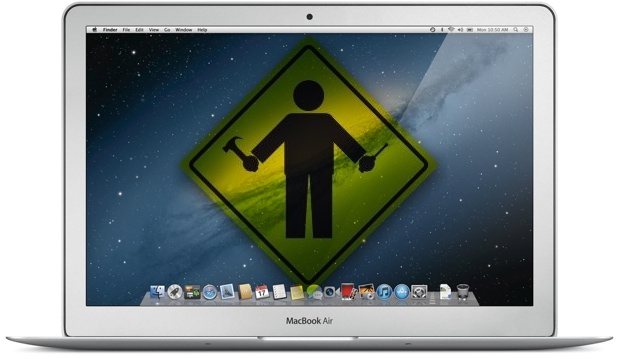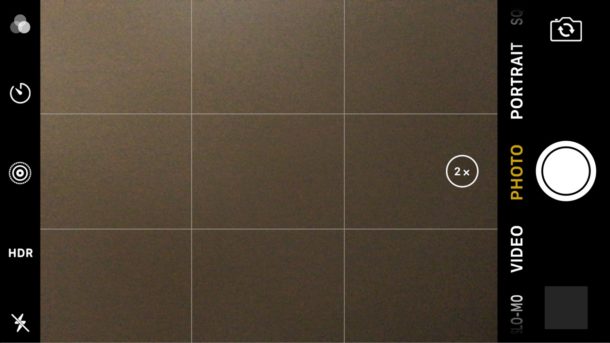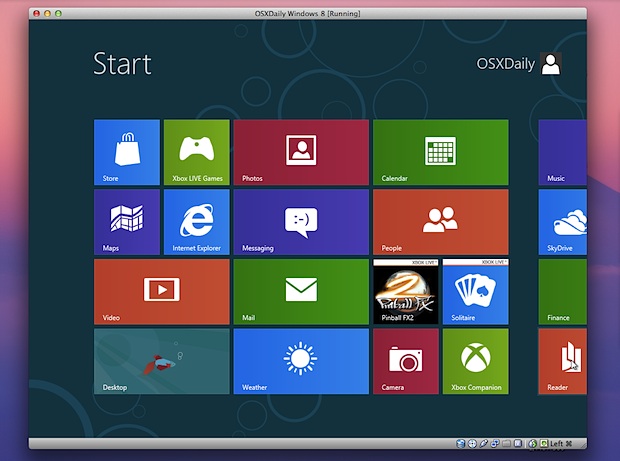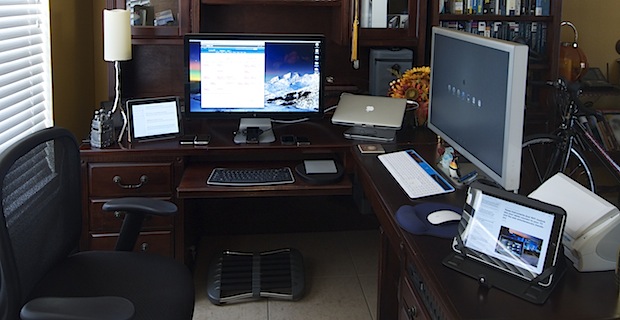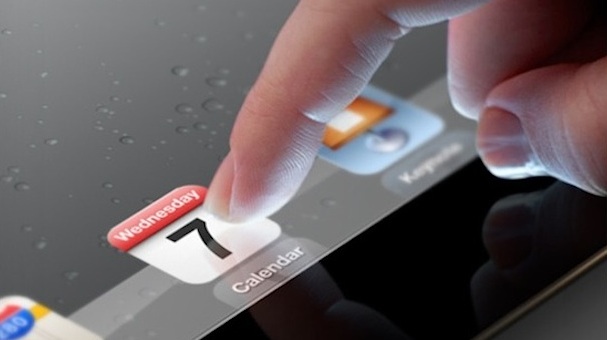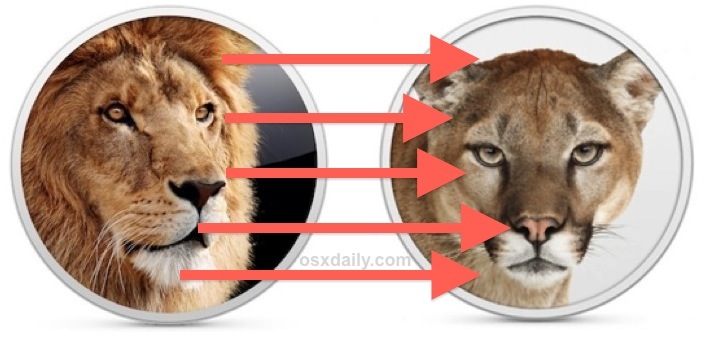New iPad 3 Features, Specs, & Prices
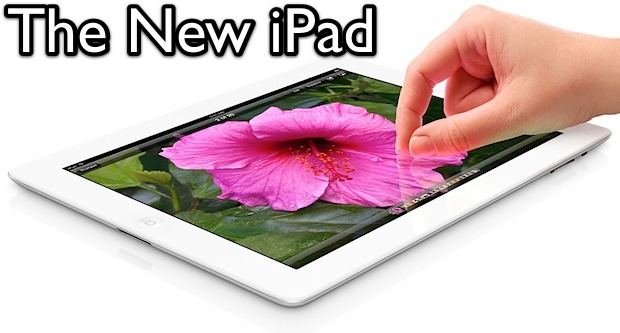
The new iPad has been announced by Apple! As expected, it has an amazing retina display, a big performance boost, and a new model with high-speed 4G LTE capabilities alongside the standard Wi-Fi fare. Here are some more details of the latest iPad:
iPad 3 Features & Specs
Here is what we know about the next iPad:
- Retina display, with a resolution of 2048×1536, 3.1 million pixels at 264ppi
- A5X Processor, quad-core graphics
- 1GB of RAM
- 5 megapixel iSight camera
- 1080p video recording
- Voice dictation, similar to Siri without the questions
- 3G & 4G LTE connectivity
- 10 hour battery life, 9 hour battery on 4G
- 9.4mm thick, weighs 1.4lbs
- Pre-orders start TODAY, available on March 16
- iOS 5.1
4G support comes to both Verizon and AT&T. Outside of the USA, 4G LTE will also be offered on Rogers, Bell, and Telus initially, presumably with more carriers to come down the road. The iPad can also be used as a personal hotspot with it’s 4G speeds, although the price of that varies per carrier.
New iPad 3 Prices
Both black & white models will be available, as usual:
New iPad with Wi-Fi Prices
- 16GB Wi-Fi – $499
- 32GB Wi-Fi – $599
- 64GB Wi-Fi – $699
New iPad with 4G LTE Prices
- 16GB 4G LTE – $629
- 32GB 4G LTE – $729
- 64GB 4G LTE – $829
(Officially, the new iPad is called “iPad” and referred to as the “3rd generation” model, but many people will call it iPad 3 anyway.)
